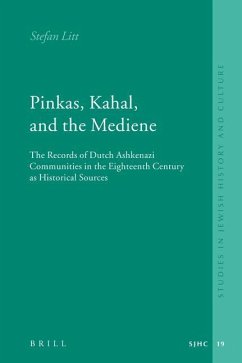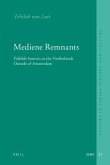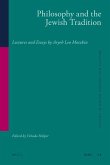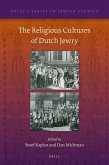Scholars of the rich history of the Jews in the Dutch Republic have tended to concentrate on the remarkable story of Amsterdam. In fact, numerous communities existed in other parts of the country, of which records survive from some, occasionally extending back to the late eighteenth century. This study examines the records of four provincial Ashkenazi communities in eighteenth-century Netherlands: The Hague, Middelburg, Leeuwarden, and Oisterwijk. These internal sources, compiled by the officials of the Jewish communities concerned, known as pinkassei kahal, have often been neglected by historians. The present study reveals how pinkassim can shed light on the administrative structures and history of Jewish communities, in addition to examining the phenomenon in general, and showing them to be the central and most authoritative documents of Jewish communities in early modern Europe.
Hinweis: Dieser Artikel kann nur an eine deutsche Lieferadresse ausgeliefert werden.
Hinweis: Dieser Artikel kann nur an eine deutsche Lieferadresse ausgeliefert werden.








